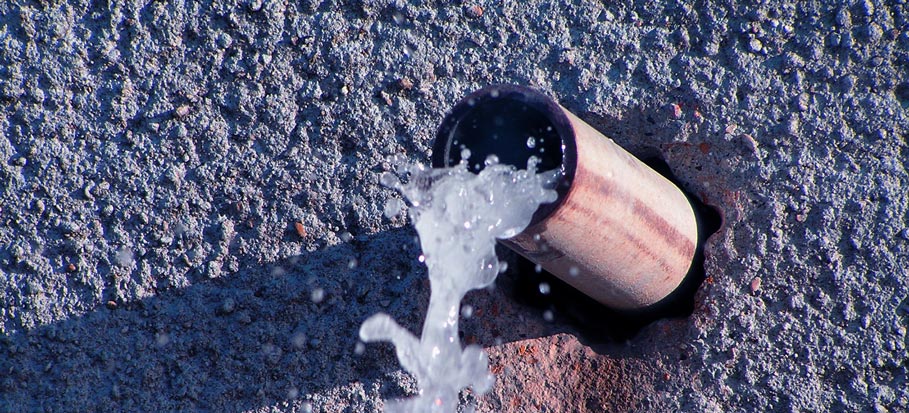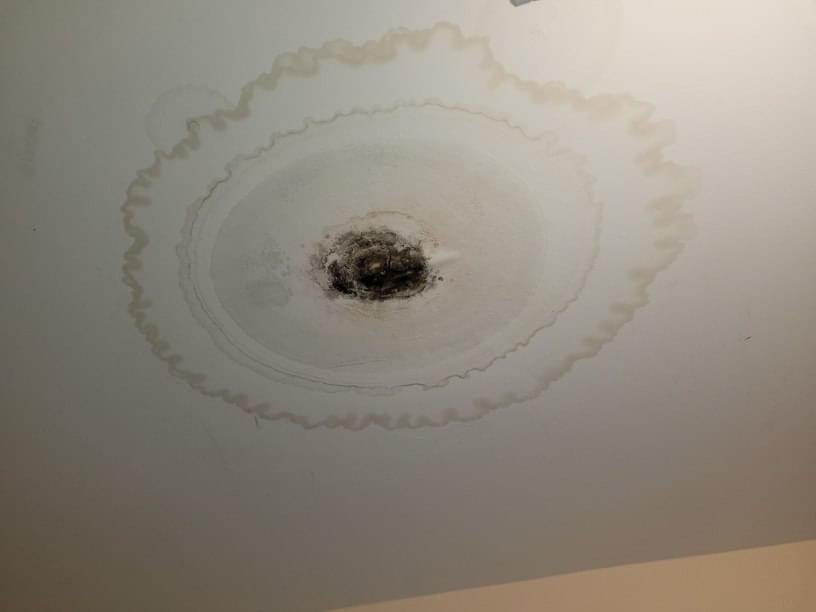Just about everyone is bound to have their personal way of thinking involving Leaking water lines.

Early detection of dripping water lines can alleviate a potential catastrophe. Some little water leaks may not be noticeable.
1. Analyze the Water Meter
Every residence has a water meter. Examining it is a guaranteed way that assists you uncover leakages. For beginners, turn off all the water sources. Make certain nobody will purge, use the faucet, shower, run the washing equipment or dishwasher. From there, go to the meter and also watch if it will transform. Because nobody is utilizing it, there ought to be no movements. That suggests a fast-moving leakage if it moves. Similarly, if you identify no changes, wait an hour or two and inspect back once again. This implies you might have a slow-moving leak that could also be underground.
2. Inspect Water Usage
Examine your water bills and track your water intake. As the one paying it, you ought to notice if there are any type of discrepancies. If you find sudden changes, regardless of your consumption being the same, it suggests that you have leakages in your plumbing system. Keep in mind, your water bill must drop under the very same variety every month. An unexpected spike in your expense suggests a fast-moving leak.
On the other hand, a stable rise on a monthly basis, despite the very same practices, shows you have a slow-moving leakage that's additionally gradually rising. Call a plumber to extensively check your building, especially if you feel a warm location on your flooring with piping beneath.
3. Do a Food Coloring Test
When it involves water consumption, 30% originates from toilets. Test to see if they are running properly. Decrease specks of food shade in the tank and also wait 10 mins. There's a leakage in between the container and also bowl if the shade somehow infiltrates your dish throughout that time without flushing.
4. Asses Exterior Lines
Don't fail to remember to inspect your exterior water lines also. Needs to water seep out of the connection, you have a loose rubber gasket. One small leakage can waste bunches of water as well as increase your water costs.
5. Analyze the situation and also evaluate
Home owners need to make it a behavior to inspect under the sink counters as well as even inside cabinets for any kind of bad odor or mold and mildew growth. These 2 red flags show a leakage so prompt focus is needed. Doing regular assessments, even bi-annually, can conserve you from a major issue.
Inspect for stainings as well as deteriorating as a lot of appliances and also pipelines have a life expectations. If you presume dripping water lines in your plumbing system, don't wait for it to escalate.
Early detection of dripping water lines can alleviate a prospective catastrophe. Some small water leakages might not be noticeable. Examining it is a guaranteed way that helps you find leakages. One small leakage can throw away tons of water as well as increase your water expense.
If you suspect dripping water lines in your plumbing system, don't wait for it to intensify.
WARNING SIGNS OF WATER LEAKAGE BEHIND THE WALL
PERSISTENT MUSTY ODORS
As water slowly drips from a leaky pipe inside the wall, flooring and sheetrock stay damp and develop an odor similar to wet cardboard. It generates a musty smell that can help you find hidden leaks.
MOLD IN UNUSUAL AREAS
Mold usually grows in wet areas like kitchens, baths and laundry rooms. If you spot the stuff on walls or baseboards in other rooms of the house, it’s a good indicator of undetected water leaks.
STAINS THAT GROW
When mold thrives around a leaky pipe, it sometimes takes hold on the inside surface of the affected wall. A growing stain on otherwise clean sheetrock is often your sign of a hidden plumbing problem.
PEELING OR BUBBLING WALLPAPER / PAINT
This clue is easy to miss in rooms that don’t get much use. When you see wallpaper separating along seams or paint bubbling or flaking off the wall, blame sheetrock that stays wet because of an undetected leak.
BUCKLED CEILINGS AND STAINED FLOORS
If ceilings or floors in bathrooms, kitchens or laundry areas develop structural problems, don’t rule out constant damp inside the walls. Wet sheetrock can affect adjacent framing, flooring and ceilings.
https://www.servicemasterbyzaba.com/blog/how-to-detect-water-leakage-in-walls/

We were brought to that editorial on Detecting hidden plumbing leaks through a friend on another web blog. Feel free to take the time to promote this article if you enjoyed it. I value reading our article about Leaking water lines.